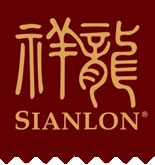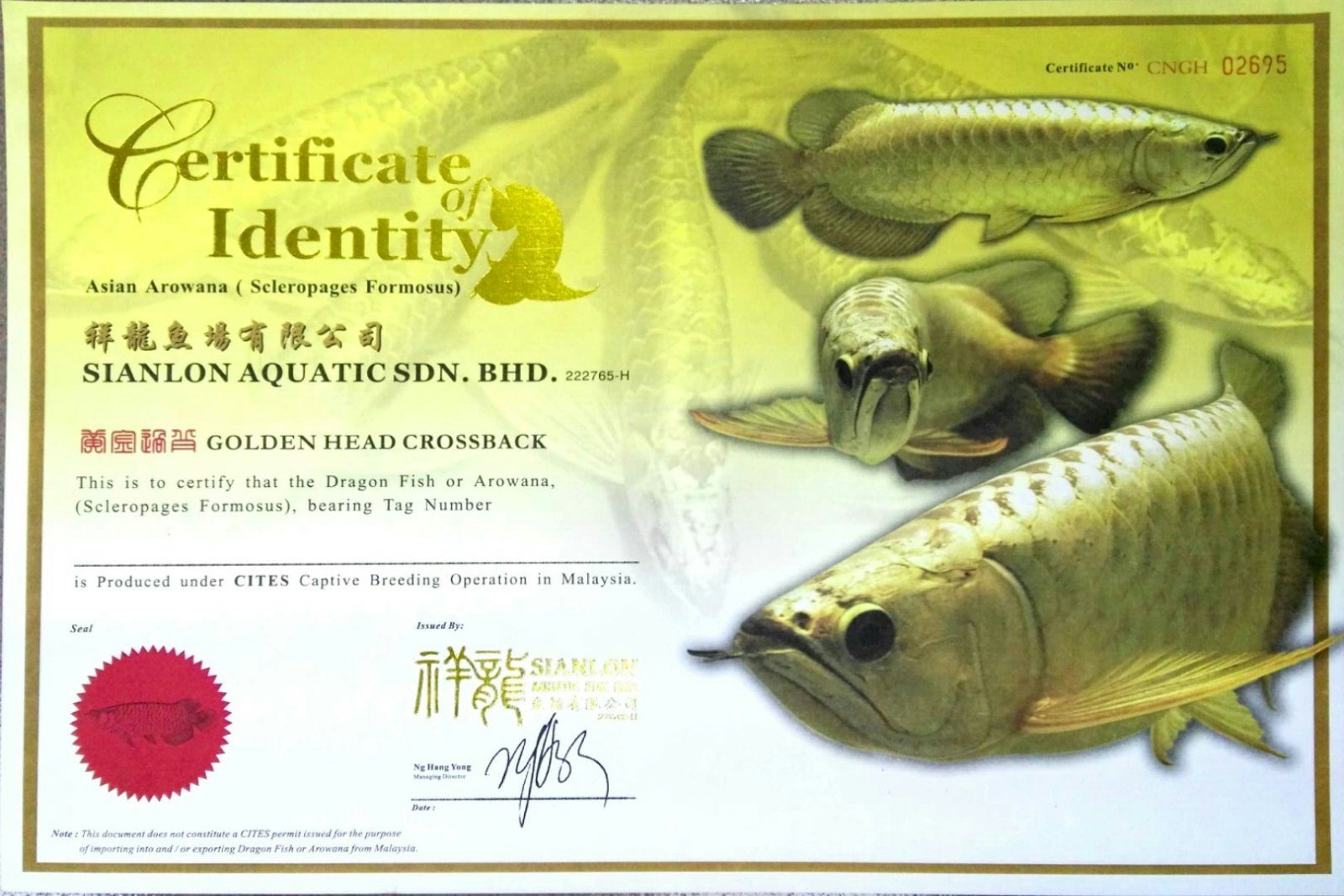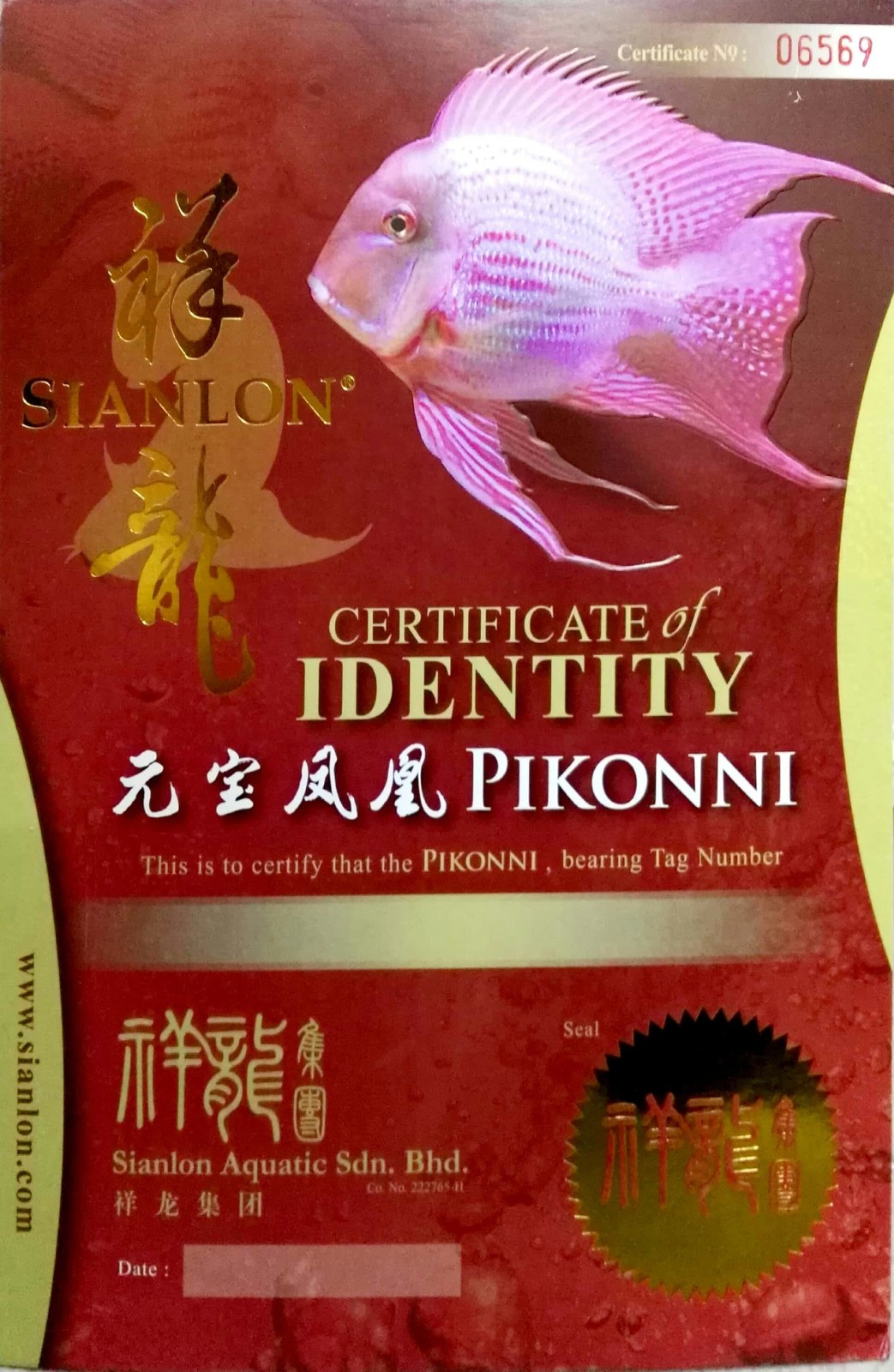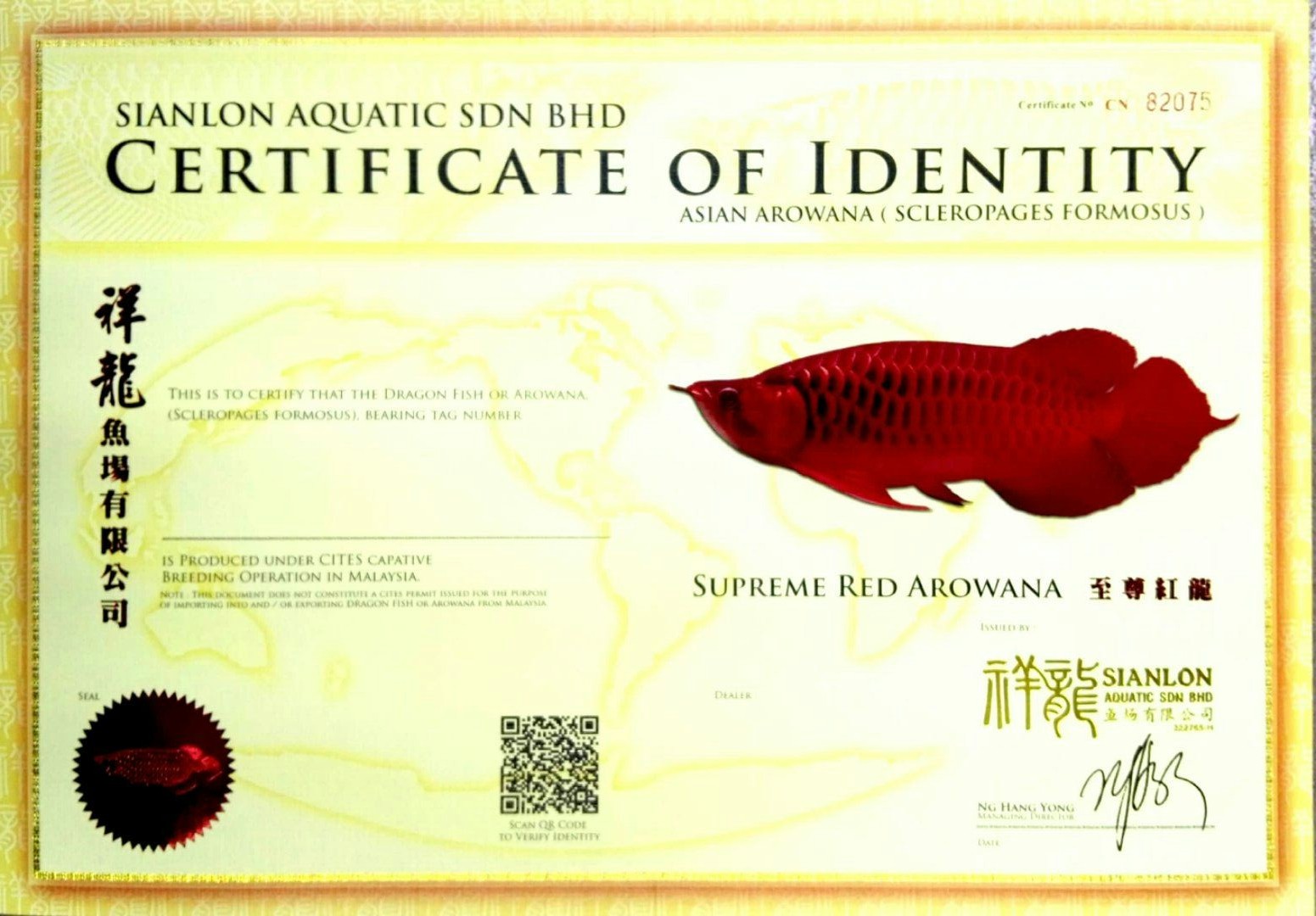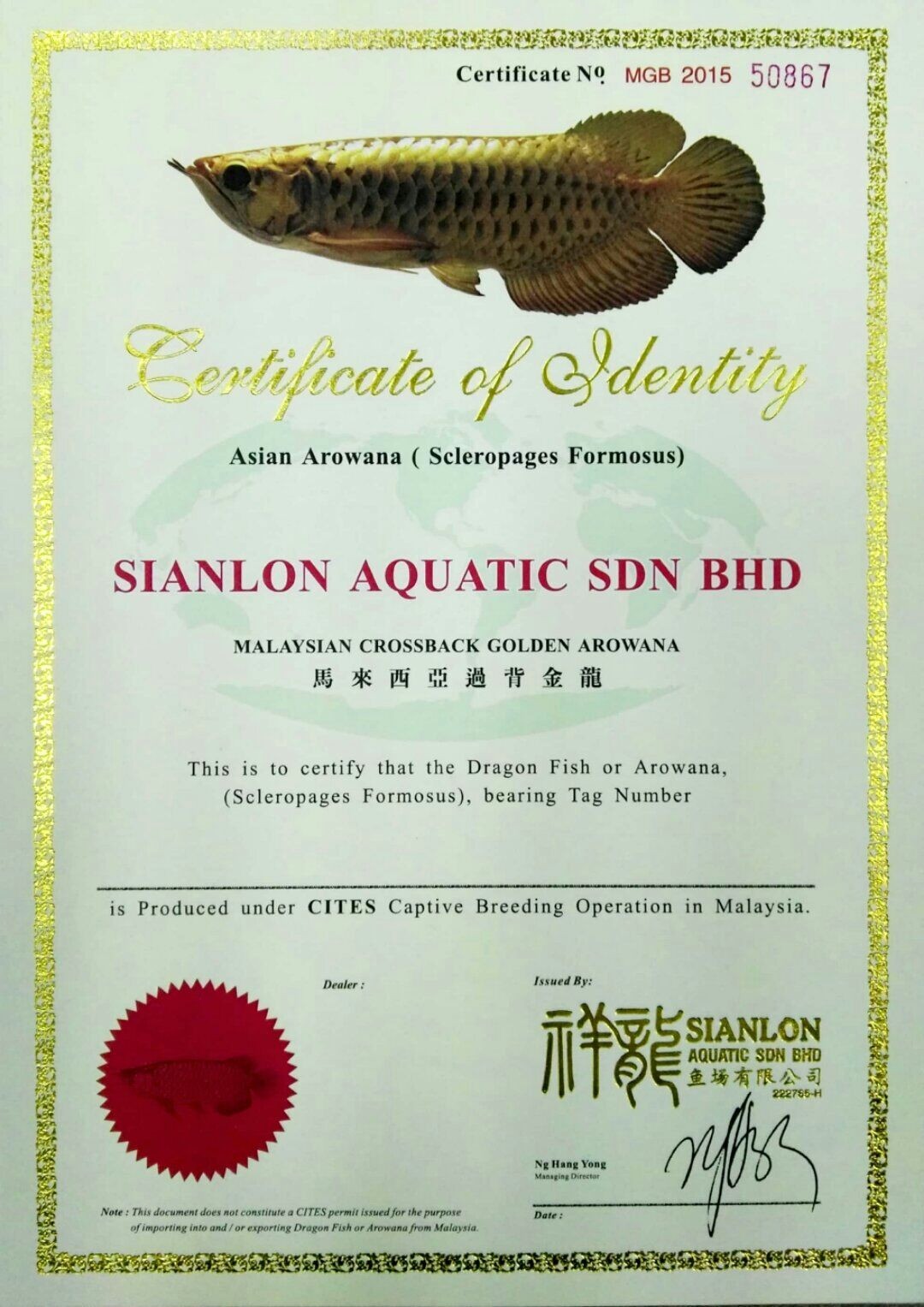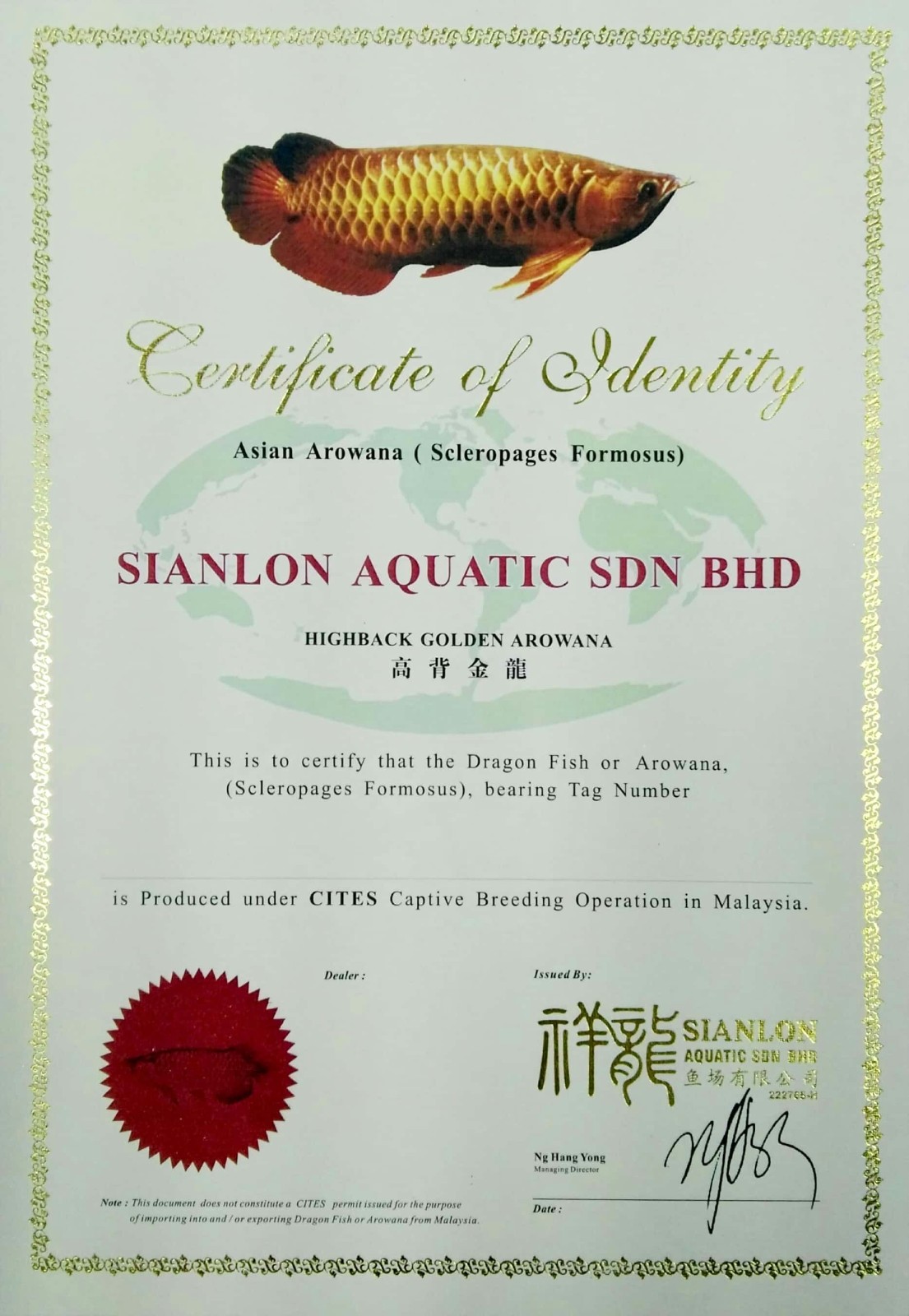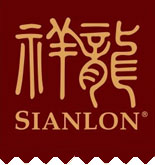Disclaimer: Encyclopedia entries can be edited by everyone, and entry creation and modification are free. There are no official or agency paid editors. Do not be fooled.Details
The central district of the city is located in the east of the central part of Zaozhuang City, with Shanting District in the north, Lanling County in the east, Xuecheng District in the west and Tongcheng District in the south.The geographic coordinates are: longitude 117°27′34″-117°45′18″, latitude 34°46′16″-34°57′59″.
In 2016, the preliminary statistics of the citys central district P reached 22.6 billion yuan, and the local fiscal revenue was 22.200 million yuan, 21.3 billion yuan in fixed assets investment, and 14.1 billion yuan in total retail sales of social consumer goods, which were 1.37 times, 1.72 times, 1.93 times, 1.63 times.
There are 2 national AAAA-level tourist attractions in the central area of the city. The main attractions include Xiantan Mountain Hot Spring Town, East Lake Park, Guishan Tourism Scenic Area Ganquan Temple Lunan Ornamental Stone Museum and so on.
In July 1976, Shizhong District of Zaozhuang City was established, under which 2 peoples communes and 3 streets were under its jurisdiction; in December of the same year, it was merged into 1 peoples commune and 1 street.
In March 2001, the township scale was adjusted, Zhoucun Township was revoked, and its administrative area was merged into Mengzhuang Town; Ancheng Township was revoked, and its administrative area was merged into Zhiguo Town; Guoliji Township was revoked, and its administrative area was merged into the west.Wangzhuang Township; revoke Kekou Town and merge its administrative area into Qicun Township; revoke Huangzhuang Township and merge its administrative area into Yongan Township; revoke Shijiao Township and establish Guangming Road Street in the former administrative area of Shijiao Township.
The administrative division was adjusted in December 2014: Xiwangzhuang Township was abolished, and Xiwangzhuang Town was established in its original administrative region, and the town government was stationed in the former Xiwangzhuang Township Government; Yongan Township was revoked and Yongan Town was established in its original administrative region.The town government is stationed in the original Yongan Township Government.
On July 12, 1976, Tonglou, Leicun, Xiaowangzhuang of Zaozhuang Town Commune, Yetabu Commune and Kekou Commune under the jurisdiction of the Central District, Shahezi and Qianshibei of Huangzhuang Commune, Liuyu of Guoliji Commune, Guandi, Dingzhuang of Xiwangzhuang Commune, Miaozhuang and Qinlou of Yicheng Commune.1 Zaozhuang Sub-district Office, 1 Suburban Commune, 32 Brigade, 48 Natural Village.
In April 1984, all the peoples communes were changed to townships, with suburbs, thirst, Huangzhuang, Yongan, Mengzhuang, Guoliji, Ancheng, Xiwangzhuang, Zhoucun, Qicun, and Duoguo under the jurisdiction of the central district of the city.It is located in 5 townships, towns and central streets, Wenhua Road, Longshan Road, Tabu and mining areas.
As of 2015, the citys central district has jurisdiction over 6 streets and 5 towns.They are: Central Street, Tabu Street, Minbu District Street, Wenhua Road Street, Longshan Road Street, Guangming Road Street, Shuiguo Town, Mengzhuang Town, Qicun Town, Yongan Town, Xiwangzhuang Town.
The Central District is located in the east of the central part of Zaozhuang City, Shandong Province, with Shanting District in the north, Lanling County in the east, Xuecheng District in the west, and Yicheng District in the south.Things grow 27.1km wide from north to south 21.7 kilometers.The geographic coordinates are: longitude 117°27′34″-117°45′18″, latitude 34°46′16″-34°57′59″.Total area 375.27 square kilometers, accounting for 8. of the total area of Zaozhuang25%.
In the central area of the city, the mountains in the north, east and south are undulating with high terrain.The terrain in the central and western regions is flat.The topography of the central area of the city is like a dustpan opening west.The highest point in the Central District is Dawang Mountain, Mengzhuang Town, with an elevation of 405.2 meters; the lowest point is at an altitude of 50.1 meter.The central part of the city is located in the south of Luzhongnan hilly area, and the area of low limestone hilly area is 176.8 square kilometers, accounting for 47.1%; foothill plain area 198.5 square kilometers, accounting for 52.9%.
There are 3 soil types, 5 subtypes, 10 soil genus, and 27 soil types in the soil in the central district of the city.Cinnamon is the main soil type in the central district of the city, with an area of 20334.5 hectares, accounting for 72. of the available area for agriculture, forestry and animal husbandry4%.Brown loam area 7555.9 hectares, accounting for 27% of the available area for agriculture, forestry and animal husbandry.Tidal soil, also known as river tidal soil, is a sporadic plot developed on river impactors, with an area of 184.3 hectares.
The rivers in the central district of the city belong to the Huaihe River Basin and the Lake-Hangzhou-Hangzhou Grand Canal system.There are 18 rivers in the central district, mostly seasonal rivers.The main rivers Guoliji River, Qicunsha River and Xiwangzhuang River originate in the hilly area in the north and inject into the Dacheng River in Yicheng to the south. The watershed is all over 100 square kilometers.
The Beijing-Hangzhou Grand Canal in the southern part of the city is 68 kilometers long; there are 10 other small and medium-sized river basins with an area of more than 100 square kilometers.
The central district of the city has a warm temperate monsoon continental climate, with sufficient sunlight, abundant heat, more precipitation, distinct seasons, and an average annual temperature of 13.At around 9°C, the total annual solar radiation is 120 kcal/cm2, the average exposure time is 2400 hours, and the percentage of sunshine is 54%.The central area of the city is obviously affected by the monsoon climate. In the summer, it is controlled by the marine monsoon, with more east or southeast winds; in the winter, it is controlled by the continental monsoon, with more north or northwest winds.The average annual precipitation in the citys central district is 860 ml, and 65% of the precipitation is concentrated from the beginning of July to the beginning of September.
The water sources in the central area of the city are mainly natural precipitation, surface water and groundwater. The total annual development and utilization of water resources is 133 million cubic meters, and the per capita water resources is 340 cubic meters.
The 25 small rivers in the central district of the city belong to three major water systems, with an inflow of 48.46 million cubic meters.The total storage capacity of surface water projects is 7623 per year.80,000 cubic meters, accounting for 67% of the surface runoff.
The central coal field in the central district of the city belongs to the eastern half of the Taozao coal field and is a key coal mining area.The recoverable coal seam is: the fourteenth coal seam, the coal seam thickness is 0.56~2.9 meters, general thickness 1.2 meters, it is a stable coal seam.The top plate is gray shale, the bottom plate is dark gray sandy shale; the sixteenth layer of coal, the thickness of the coal layer is 0.5~1.38 meters, general thickness 0.7 meters, the middle of the coal seam is generally hard, with regular distribution, the roof is sand and mudstone; the seventeenth coal seam, the coal seam thickness is 0.3~1.22 meters, the general thickness is 0.6 meters, the roof is mudstone, partly sand and mudstone; the eighteenth upper and eighteenth coal, the thickness of the coal seam varies greatly, divided into upper and lower layers, the general thickness is about 0.7 meters.The top of the coal seam is black shale, partially limestone, and the bottom is light gray clay rock; the third layer of Permian coal, the thickness of the seam is 0 ~ 8.64 meters, the roof is shale or sandy shale.
There are 13 families and 32 species of crop plants, melon and vegetable plants in more than 10 families and 50 species, forest and fruit plants in 42 families and 104 species, aquatic economic plants in more than 20 families and 50 species, and ornamental plants in more than 260 families.Species, other cultivation and utilization and more than 300 species of wild economic plants in more than 80 families.
As of 2005, there are 26 ancient and famous trees in the citys central area, including 11 ginkgo trees and Ginkgo biloba in Yuhuang Temple, Shuiguo Town. The trees are more than 1,200 years old and are national first-class ancient trees.The tree is over 1000 years old and is a national first-class ancient tree; one cypress tree, located in the Qingxian for more than a year, is a national first-class ancient tree.In addition, there are 15 chestnuts and 1 acacia.
There are 23 species suitable for afforestation in mountainous areas, including Quercus octagonal maple fringed Dalbergia carambola, Dendrobium oak, etc.; economically used species are Rhus sylvestris, Pistacia chinensis, Citrus aurantium, and other four species; and snow willow compound leaves suitable for garden greeningThere are 13 species of maple, wisteria, privet, bauhinia, lilac, wood fragrant flowers, hydrangea, lampstand tree, gorse, bellflower, firethorn, etc.
There are 471 species in 118 families in the area, and the main purchased varieties are honeysuckle, jujube seed, Baiziren, Radix Salviae Miltiorrhizae, Ding, Tiannanxing, Lily Yellow, Yuzhu, Burnet, Yinchen, Shiwei, Tribulus terrestris, Bupleurum, Xu Changqing, Almonds, peach kernels, Huaimi, Pulsatilla, etc.
According to the results of previous forest resource inventory and plant quarantine investigations in 2005, there are 125 species of wild animals, 11 classes, 28 orders, 64 families.
Among the key nationally protected animals are 16 species of martens, small owls, long-eared owls, red-horned owls, brown eagle owls, penguin owls, and red-horned owls.
Provincial key protected animals include 48 species of scorpion terrapin toad, northern narrow-mouthed frog, frog, money frog, forest frog, northern grass lizard, green snake, grass snake, black-browed snake, cormorant, heron, and great egret.
In 2016, there were 24 ethnic minorities including Hui, Mongolian, Tibetan, Uyghur, Miao, Yi, Zhuang, Buyi, Korean, Manchu, Dong, Lisu, Wa, Yao, Bai, Tujia, etc.As of 2016, the minority population 1.There are more than 330,000 people, accounting for half of the minority population in Zaozhuang City, and it is a typical area inhabited by ethnic minorities.
In 2015, the P of Shizhong District was completed 223.600 million yuan, an increase of 7%; the total retail sales of social consumer goods reached 115.700 million yuan, an increase of 10.5%; local fiscal revenue completed 22.300 million yuan, an increase of 6%.
In 2016, the citys central district completed a P of 22.6 billion yuan and the local fiscal revenue was 22.200 million yuan, 21.3 billion yuan in fixed asset investment, 14.1 billion yuan in total retail sales of consumer goods, and 25.600 million yuan, respectively 1.37 times, 1.72 times, 1.93 times, 1.63 times and 1.72 times.
In 2016, the citys P reached 22.6 billion yuan, a year-on-year increase of 7.5%; fixed asset investment completed 21.3 billion yuan, a year-on-year increase of 3.2%; total retail sales of social consumer goods reached 14.1 billion yuan, an increase of 9% year-on-year in 2015; local fiscal revenue completed 22.200 million yuan, an increase of 6.5%; per capita disposable income of residents reached 24,424 yuan, an increase of 7.2%.
The total sown area of crops in Shizhong District in 201434.360,000 mu, an increase of 0.1%, the area of grain crops accounted for 69.71%, the annual grain production showed a trend of summer increase, autumn increase, and annual increase, and the total summer grain output reached 5.720,000 tons, an increase of 0.11%; total output of autumn grain 4.0.90 million tons, an increase of 5.4%; annual grain output 9.810,000 tons, an increase of 2.3%.Vegetable growing area in the central district of the city 5.90,000 mu, an increase of 0.5%, output 15.050,000 tons, an increase of 2.1%.The total fruit output can reach 1.030,000 tons, an increase of 4.1%.In 2014, the total output value of the planting industry was 10.1488 million yuan, an increase at a comparable price 4.5%, with an added value of 575 million yuan and an increase at a comparable price6%.
In 2014, the total output of aquatic products in the central district of the city was 5,500 tons, with an output value of 52.13 million yuan, a year-on-year increase of 1.8%; realized added value of 18.71 million yuan, an increase of 1.0%; the total output value of forestry is 43.01 million yuan, a year-on-year increase of 0.8%; realized added value of 24.6 million yuan, a year-on-year increase of 0.5%.
Agricultural output value of Shizhong District in 2015 18.800 million yuan, an increase of 4.1%, the structure ratio is 57.3:2.3:37.5:2.9; The ratio of grain and seeding area is 69.45:30.55; the area planted with crops in the central district of the city 34.010,000 mu, of which: grain crop planting area 23.620,000 mu, total grain output 6.90,000 tons, down by 1.4%.
In 2016, the total output value of agriculture, forestry, animal husbandry and fishery in the central district of the city reached 21.RMB 0.7 billion, an increase of 4.5%.In terms of industries, the output value of planting industry 11.4.2 billion yuan, an increase of 4.75%; forestry output value 0.45 yuan, an increase of 4.9%; animal husbandry output value 7.6.8 billion yuan, an increase of 4.17%; fishery output value 0.5.6 billion yuan, an increase of 1.16%; output value of agriculture, forestry, animal husbandry and fishery service industry 0.9.6 billion yuan, an increase of 5.92%.
In the first half of 2014, the value-added of the industry in the central district of the city increased by 4.04%, down from January to May and the first quarter month 2.31%, 2.3%, down from the end of 2014 2.46%.Compared with the same period in 2013, the industrial growth rate of Shizhong District fell 3.82%, and the citys industrial growth rate fell 5.35%.
In 2014, among the 44 industrial products dispatched in the central district of the city, 31 kinds of products achieved an increase in output, with an increase of 70.5%, a decrease of 4 product varieties from the first quarter.Of which: 30.783 million pieces of clothing, an increase of 4.7%; 11,594 tons of chemical agents, an increase of 14.6%.Cement 240.10,000 tons, down 7.8%; cement clinker (including self-use) 168.30,000 tons, down 15.5%; coal 53.10,000 tons, down 8.7%; iron ore fine powder 770,000 tons, down 21.2%.
In 2015, the added value of the building materials industry in the central district of the city increased by 2.46%, accounting for 12% of the industry in regulation; the added value of the textile and apparel industry increased by -0.42%, accounting for 24% of the industry84%; the value added of the machine tool industry increased by 10%, accounting for 9.9% of the industry42%; value added of chemical industry increased by 14.64%, accounting for industrial proportion 9.57%; the added value of the food and pharmaceutical industry increased by 11.6%, accounting for the proportion of industry in regulation 7.17%.The total value added of the six major industries of coal, building materials, textile and clothing, mechanical machine tools, chemicals, food and medicine accounted for 63% of the above-scale industries in the region.92%.
In 2015, the number of industrial enterprises in the central district of the city has grown to 196, with 5 new ones added that year, and the added value increased by 6.65%, of which: light industry completed the total output value of 193.800 million yuan, an increase of 3.7%, heavy industry completed 317.600 million yuan, an increase of 5.1%.Heavy industry is faster than light industry 1.4%, light and heavy industry output value ratio is 37.9:62.1.Textile and apparel, rubber hoses and tires, environmental protection water treatment, medical equipment and other special industries accounted for 31% of the added value of above-scale industries.1%.
In 2015, the number of industrial enterprises above designated size in the central district of the city has grown to 196, with 5 new ones added that year, and the added value increased by 6.65%.Among them: the total output value of light industry completed 193.800 million yuan, an increase of 3.7%; heavy industry completed 317.600 million yuan, an increase of 5.1%.Annual main business income of industrial enterprises above designated size was 488.300 million yuan, an increase of 3.5%; profits tax 42.6.8 billion yuan, an increase of 0.4%; profit 25.0.9 billion yuan, an increase of 0.5%.The healthy development of pillar industries.Value-added growth of the building materials industry 2.46%, accounting for 12% of the industry in regulation; the added value of the textile and apparel industry increased by -0.42%, accounting for 24% of the industry84%; the value added of the machine tool industry increased by 10%, accounting for 9.9% of the industry42%; value added of chemical industry increased by 14.64%, accounting for industrial proportion 9.57%; value added of food and pharmaceutical industry increased by 11.6%, accounting for the proportion of industry in regulation 7.17%.The total value added of the six major industries of coal, building materials, textile and clothing, mechanical machine tools, chemicals, food and medicine accounted for 63% of the above-scale industries in the region.92%.The construction industry is developing well.There are 56 qualified construction enterprises in the district with a construction area of 377.70,000 square meters, an increase of 5.5%, area of completed housing 169.30,000 square meters, completed the output value of the construction industry 50.400 million yuan.
In the first half of 2014, Shizhong District achieved a total retail sales of consumer goods of 57.100 million yuan, a year-on-year increase of 12.6%, the increase is lower than the citys average of 0.2%, down from the same period in 2013.7%, but still higher than the first quarter 0.3%.
In the first half of 2014, the urban market in the central district of the city achieved a total retail sales of social consumer goods of 50.2.5 billion yuan, an increase of 12.8%, an increase of 0.9%, of which, the urban area realized retail sales of 46.4.1 billion yuan, an increase of 12.2%; the rural market realizes the total retail sales of consumer goods 6.8.5 billion yuan, an increase of 11.4%, an increase of 0.9%, the development speed is accelerated.
In the first half of 2014, the units above designated size in the central district of the city realized retail sales of consumer goods 39.1.3 billion yuan, a year-on-year increase of 16.4%.Judging from the sales of commodities in the wholesale and retail industry above the designated size, the retail sales of grain, oil, food, beverages, tobacco and alcohol can increase by 33.8%, the retail sales of apparel, shoes, hats, knitwear and textiles increased by 11.3%, comparable growth in household appliances and audiovisual equipment 14.9%, daily necessities and automobiles increased by 38.5%, 33.5%, the retail sales of gold, silver and jewellery increased by 22.5%.
In 2015, the rural market of Zhongzhong District achieved retail sales of 14.1.5 billion yuan, a year-on-year increase of 11.3%, a year-on-year decrease of 0.3%, although the growth rate is higher than that of the urban market 1.4%, but the absolute amount only accounts for 11.% of the retail sales of consumer goods in the central district of the city.9%, the proportion is obviously low.
In 2015, the wholesale and retail trade in the Central District of the city accounted for 96.2%, the increase in retail sales of social consumer goods increased by 9.2%, steady growth of the consumer goods market in the central district.
The highways and railways in the central district of the city are criss-cross.National Highway 206 runs through the territory; Beijing-Shanghai Expressway on the west connects the Beijing-Taiwan Expressway, National Highway 104; Beijing-Shanghai Expressway on the east, Qingdao, Rizhao, and Lianyungang three sea ports; Taierzhuang, which borders the Beijing-Hangzhou Grand Canal in the south, and other inland ports.There are five airports in the surrounding area. Within 100 kilometers, there are Xuzhou Guanyin Airport in the south, Linyi Airport in the east, and Jining Airport in the west. It is more than 200 kilometers from Jinan International Airport in the north and 300 kilometers from Qingdao International Airport in the east.
In 2011, the citys highway passenger transport turnover reached 185.143 million kilometers, an increase of 0.1% compared with 2010.9%, freight turnover was 882,443 tons, an increase of 3.3%; 390 commercial buses, a decrease of 254, 6325 trucks, an increase of 500, and 434 passenger taxis, the same as in 2010; the main line of the middle section of the Zaolin Railway City has been connected, and the BRT of Zaoxue Line and Zaotai LineThe middle section of the city is open to traffic, the total mileage of rural roads is 556 kilometers, and the administrative villages in the central district of the city have all realized oil roads and passenger cars.
In 2015, Jiefang Road, Shengli Road and other highway and railway interchanges were completed and opened to traffic. Newly reconstructed 348 lines, Xichang South Road, Renmin East Road, Jianshe South Road and other 47 roads, and rural road security projects were fully completed.As of the end of 2015, Shizhong District had 3 passenger transport companies (businesses), 7 taxi companies, 73 freight transport companies (businesses), 6 driver training schools, and 82 motor vehicle maintenance companies (one and two)28 types of maintenance companies), 2 motor vehicle comprehensive performance testing stations (including the city car performance testing center), urban bus lines.3 kilometers.
In 2011, the citys central district implemented 42 district-level science and technology plan projects; undertaken and implemented 20 city-level science and technology plan projects, including: 2 national-level projects, 5 provincial-level projects, and 13 municipal-level science and technology plans, which received superiors.Free support funds of 3.75 million yuan; development of 62 new products and technologies, and 29 important scientific research achievements, of which 20 have reached Chinas leading level.
In 2011, there were 1 new high-tech enterprise in the central district of the city, with a total of 8; 4 municipal private science and technology enterprises were cultivated, with a total of 28; 1 municipal engineering and technology center was cultivated, with a total of 11;A total of more than 80 enterprises have established industry-university-research cooperation relations with colleges and scientific research institutes, carried out 64 scientific and technological cooperation, and jointly established 22 postgraduate research, engineering technology research centers, and teaching practices.
In 2011, Shizhong District applied for 417 patents, an increase of 35.4%, creating a new record of annual patent applications in the central district of the city.Among them 104 invention patent applications, an increase of 57.6%.The citys central district received 265 patent authorizations, including 32 invention patent authorizations, an increase of 88% over 2010.Shizhong District has 12 Chinese patent Shandong star enterprises and 2 provincial-level counterfeit-free patent shopping malls. Shizhong District has become a pilot area for intellectual property rights in Shandong Province.
In 2015, 5 new high-tech enterprises were added in the central district of the city, with a total of 12 enterprises; 50 enterprises were included in the statistical scope of high-tech industrial output value.In 2015, the output value of high-tech industries in Shizhong District was completed 129.2.1 billion yuan, a year-on-year increase of 11.63%; the proportion of total industrial output value above the designated size reaches 25.27%, an increase of 1. from 201421%; the proportion of the output value of high-tech industries in the total output value of the industrial enterprises above designated size and the newly added percentage points rank first in the five districts and one city of the city.
As of 2011, there are 76 primary and secondary schools in the citys central district, including: 60 primary schools (59 rural areas), 16 general secondary schools (11 rural areas), and 1 special education center.
In 2011, the citys primary schools enrolled 7,831 students, 6181 graduates, 37,853 students enrolled at the end of the year, 2037 faculty members and 2037 full-time teachers; 6518 students enrolled in high schools (4413 junior high schools, 2105 high schools), 5910 graduated (There are 2090 high school students and 3820 junior high school students. At the end of the year, there are 18995 students (12787 junior high school students and 6208 high school students), 1,723 faculty members, 1441 full-time teachers, 9 special education centers, and 32 teachers.There are 19 provincial standardized schools and 57 municipal standardized schools in the central district.The average monthly salary of rural teachers reached 3116 yuan, and the average monthly capital increase was 40 yuan.The enrollment rate of elementary and junior high schools and the “two bases” consolidation rate have both reached 100%. The proportion of municipal standardized schools in Shandong Province ranks first in Zaozhuang City and has become an advanced zone for the balanced development of compulsory education in Shandong Province.
As of 2015, there are 66 primary and secondary schools in the citys central district, with 3692 teaching and administrative staff.In total, there are 50 elementary schools, 15 general middle schools, and 1 special education center.The citys primary school enrolled 11,289 students, graduated 5,474, and 55,159 students enrolled at the end of the year; middle school enrolled 6,013 students, graduated 6,343, and 19,017 enrolled students at the end of the year.New standardized school buildings that year 15.70,000 square meters, 35 newly-built kindergartens, and 55 provincial-level and standardized schools.
As of 2011, there are 12 health machine institutions, 701 beds, and 755 health technicians, including 291 practicing physicians and 246 registered nurses.There are 6 township and street health centers with 231 beds; 1 district-level maternal and child health center with 50 beds and 52 health technicians; 1 health supervision station and 1 disease prevention and control center each, and 37 health technicians.
In 2015, there were 10 hospitals in the central district of the city, with 865 beds and 1,110 health technicians, including 336 practicing physicians and 484 registered nurses.The natural population growth rate is controlled at 6.Within 8‰.
As of 2011, the citys central district has one cultural center and one library; a total of 33 “farmer bookstore” construction tasks were completed throughout the year, and the township comprehensive cultural station and the farmhouse bookstore were developed to 5 and 115, respectively.Full coverage of the "Farm House Bookstore" in the district administrative village.
In 2015, more than 20,000 books were added to the library in the Central District of the city; the "new" rural public welfare film screening project was carried out, showing more than 1332 films of various types.Carrying out summer movie screening month activities in urban communities and squares, showing more than 80 public welfare movies; organizing more than 100 training activities throughout the year to train grassroots cultural workers in towns and streets, amateur literary instructors and literary enthusiasts 20,000More than people; 89 rural bookstores were upgraded.
Wang; Xilian National Geopark Xionger Mountain Great Rift; south of Yicheng Guanshi Liuyuan Scenic Area.Guishan Scenic Area occupies a total area of about 40 square kilometers and is composed of Guishan Scenic Area, Water Upstream Park, Chestnut Ecological Park, Thousand-mu Tourist Taoyuan and Taoyuan Villa Service Area.Guishan Tourist Scenic Area is a national AAA-level tourist scenic spot.
a The temple was built in Yuanrenzong Yanyou for six years.The time when Ganquan Temple was built was no longer available, and it was rebuilt on a large scale during the Wanli period of the Ming Dynasty.Only the site remains in modern times. It was rebuilt in 1992 and it was renamed Ganquan Temple. It is named after Ganquan.Ganquan Temple covers an area of 10.On 7 acres, there are buildings such as the Great Hall of Heroes, the Hall of Heavenly King, the Tibetan Classical Building, the kiln shrine, the East and West Hall.
Lunan Ornamental Stone Museum is located in the middle section of Xichang Road, Shizhong District, Zaozhuang City.The museum has a construction area of 760 square meters and is inscribed by Zhu Xun, president of the China Ornamental Stone Association.Lunan Ornamental Stone Museum is a national "AA" tourist attraction and "National Advanced Stone Culture Unit".
Zaozhuang Guangming Square is located at the intersection of GWhat is the use of the Ark Dragon King Whale^Ark Arowana@What feed does the Ark Ankang eat?$Red dragon fish is better to eat feed or shrimp:What feed does the Ark Megalodon eat?%How did the Ark quickly upgrade the dragon!The ancient ark pterosaur of Ark never fell to the ground~What feed does the Ark Mammoth eat?$Red Dragon has never eaten feed pellets/ Region de Atacama Fish,
